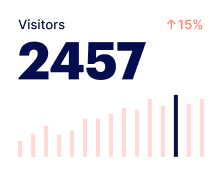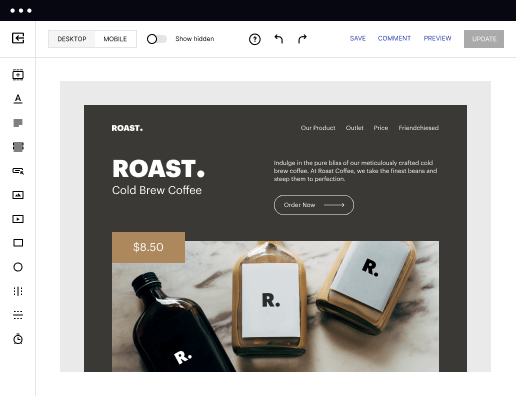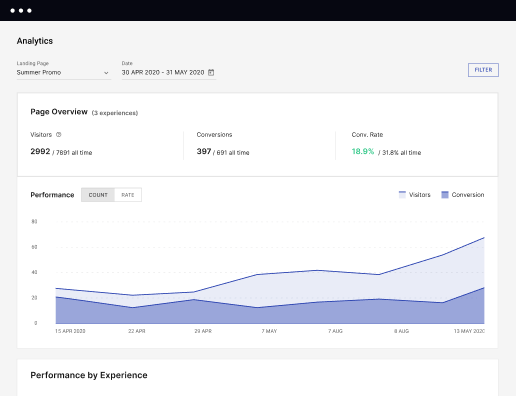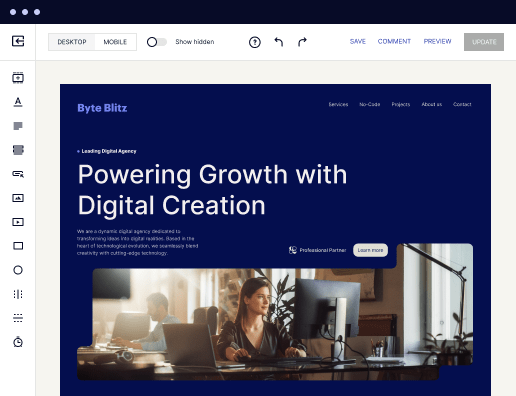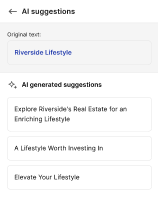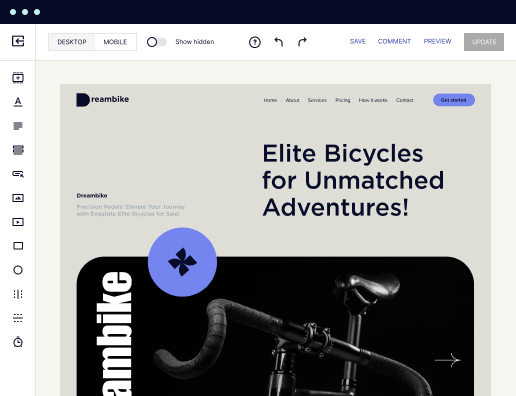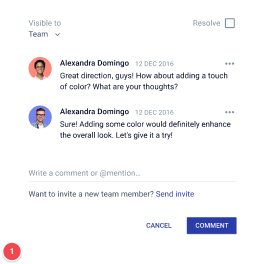Make your user dashboard page designed for SUSE Linux Enterprise
Instapage empowers you to reduce costs, increase conversions, and deliver meaningful experiences on SUSE Linux Enterprise.
Creating your user dashboard page on SUSE Linux Enterprise with Instapage
Building a user dashboard page on SUSE Linux Enterprise can significantly enhance user experience, especially with Instapage’s powerful landing page features. By leveraging Instapage’s 100+ customizable templates, marketers can deliver tailored experiences that resonate with their specific audiences, driving higher conversions and trust in your brand.
Understanding the Basics of Your User Dashboard
The first step to creating a user dashboard is to define its purpose and the data you wish to present. A user dashboard provides critical insights into user interactions, engagement metrics, and performance analytics. Here’s how you can strategize effectively:
- Identify key performance indicators (KPIs): Focus on metrics that directly impact user engagement and business goals.
- Choose relevant data visualizations: Use graphs, charts, or tables that best represent your KPIs for easy understanding.
- Plan for interactivity: Make your dashboard dynamic to allow users to drill down into data as needed.
Step 1: Setting Up Your Dashboard Framework
To start constructing your dashboard, follow these steps:
- Select a template from Instapage: Choose from a variety of landing page layouts that fit your dashboard needs, ensuring it is user-friendly.
- Utilize Instablocks for modular design: Build sections using Instablocks, which allows for easy arrangement of different types of content.
- Integrate essential tools: Connect tools for data visualization, ensuring that the tech stack aligns with your objectives.
Step 2: Personalizing Content for Target Audiences
Personalization is key to engaging your audience effectively. Consider the following strategies:
- Dynamic text replacement: Tailor your dashboards to reflect personalized data for different user segments, increasing relevancy.
- AdMaps for alignment: Ensure that specific advertising campaigns seamlessly integrate with corresponding dashboard pages.
- Audience-level metrics tracking: Utilize Instapage’s data tools to assess performance metrics specifically for each user group.
Step 3: Optimizing Your User Dashboard
Now that your dashboard is set up and personalized, focus on optimization to enhance performance:
- Implement A/B testing: Regularly test different versions of your dashboard to find out which formats drive better engagement.
- Analyze heatmaps for user behavior insights: Use Instapage’s built-in analytics to see where users are focusing their attention.
- Monitor conversion rates: Adjust content based on performance data to improve overall user experience.
By following these structured steps, you can create a robust user dashboard on SUSE Linux Enterprise that serves your marketing objectives effectively.
Ready to enhance your digital strategy? Explore Instapage today to build impactful landing pages that grow conversions and strengthen user trust.
Get more out of Create your user dashboard page on SUSE Linux Enterprise
Improve your Quality Score with quick load technology for landing pages
Increase conversions with content that aligns with your ads and audiences
Achieve maximum ROI by scaling your marketing initiatives
Leading the way in building high-performing landing pages





FAQs
See how to create your user dashboard page on suse linux enterprise in action
Ready to skyrocket conversions?
Supercharge your ad campaigns with high-performing landing pages.
Get started
